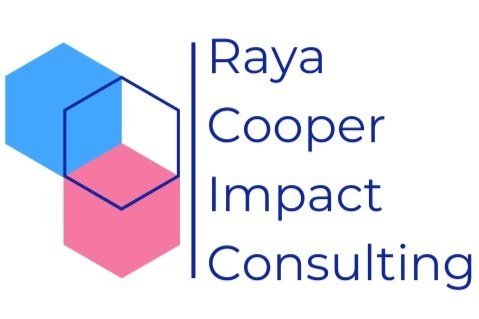The Two Types of Theory of Change (and Why You Might Need Both)
Theory of Change (TOC) is one of those tools that gets thrown around a lot in social impact work. But at its core, a TOC is simply a way of mapping out how change happens. It connects our vision of the future with the strategies and actions we take today, making sure that what we’re doing actually leads to the impact we want to see.
But not all TOCs are the same. In my experience, there are two main types – each with its own strengths, limitations, and best-use scenarios.
The “North Star” Theory of Change
This TOC is all about the big picture. It’s ambitious, visionary, and aspirational—it defines where we ultimately want to go.
Orients to what we want to have happen – It starts with the dream, the impact we want to see in the world.
Guides strategy – It forces us to ask: Is everything we’re doing in service of this vision?
Helps us prioritize – What are the right strategies? What fits in our portfolio or service model? What doesn’t? It helps organizations decide what’s in and what’s out, ensuring that resources are being allocated effectively.
Coalition-building – Because it’s big and bold, it can bring stakeholders together around a shared goal.
This type of TOC is powerful for setting direction and making big strategic choices, but there’s also risk: If it stays too high-level or detached from reality, it can become an empty promise rather than a roadmap for action.
The “Down-to-Earth” Theory of Change
On the other hand, a Down-to-Earth TOC is much more grounded in reality. Instead of asking what we hope to achieve, it asks what we can realistically achieve given our current activities and investments.
Starts with what we’re already doing – The assumption is that we’ve already defined our programs and investments, and those aren’t up for debate.
Clarifies realistic outcomes – Through it, we ask : Given our current work, what results can we actually expect?
Reveals gaps in investment – We are able to see if our outcomes fall short of what we want them to be. In that case, we can identify gaps in investment or service offering and what else needs to be added to the mix.
Expectation alignment - From service delivery to portfolio management, these types of Theory of Change are a great way to align realistic expectations for the work and its outcomes.
This TOC is perfect for grounding decision-making in reality, but if used alone, it can limit ambition and miss opportunities for bigger impact.
But Wait… Can You Use Both?
Absolutely! In fact, many organizations benefit from integrated thinking on their TOC.
One way to do this is to use a North Star TOC at the portfolio level to set the long-term vision and guide strategic investments, and use Down-to-Earth TOCs for individual programs or initiatives to ensure realistic impact expectations and identify funding needs.
Another option is to engage in parallel processes when drafting your Theory of Change and then compare them. Where are the gaps between what we want to achieve and what our current activities can realistically deliver?
Regardless of which TOC you build, knowing what you are trying to create and why will help you create a Theory of Change that matters for your organization.


